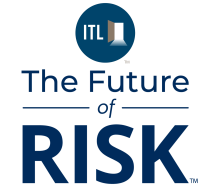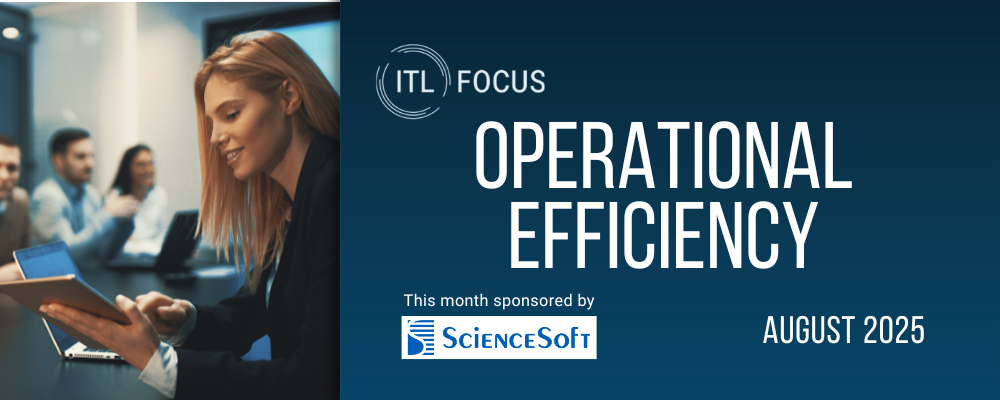Technology plays a pivotal role in transforming the insurance industry, but it's not always an easy relationship. Many insurers struggle with outdated work methods as well as legacy systems.
While most insurance companies view technical debt as a major hurdle for innovation, it's easy for them to overlook the other two legs of the stool: process debt and organizational debt. These three legs work together to form a complex system, and neglecting any one of them can lead to stagnation.
Tackling technical debt
Technology is the backbone of the modern insurance industry, yet many companies still grapple with how to replace, integrate or phase out their older technologies.
Approximately 70% of IT budgets is consumed by legacy system maintenance, according to Forrester. Meanwhile, insurers struggle with complex integrations that are costly and hard to implement. As a result, they are constrained by outdated, siloed ways of operating.
For example, an outdated policy management system used by a life insurance company can result in long claim settlement times and difficulty complying with new privacy regulations.
The good news is that cloud, AI and other solutions can help insurers modernize their technology infrastructure and work more efficiently. For example, AI tools are available to help with migrating, consolidating and even converting a company's multiple legacy policy administration systems into a more modern, future-proofed solution.
Overcoming the weight of process debt
Insurers are under pressure to accelerate growth and innovation, streamline operations and provide faster, more reliable services to policyholders. However, they are often constrained by complex and highly manual, outdated processes and workflows. This leads to wasted time, money and productivity.
HFS Research estimates the insurance industry is burdened by $66 billion in process debt, which is the buildup of outdated, overly complex, or inefficient workflows and practices that made sense at one point but no longer align with goals or realities.
The key to overcoming process debt is to identify and address its root causes. This requires a thorough assessment of current workflows and practices, followed by targeted interventions to streamline and simplify processes. Then, businesses can recapture lost productivity, reduce waste, and ultimately achieve their goals more effectively.
For example, new technologies like smart workflow systems and persona-based portals help connect different front-, middle- and back-end tasks (like customer service, policy administration and billing/collections) so they can be completed automatically. This allows a company's external users (e.g., customers and producers) to do front-office work on a self-service basis, freeing internal staff to focus on more complex middle- and back-office tasks. As a result, insurance companies can offer more modern, efficient and personalized experiences for their customers.
Unburdening organizational debt
When insurance companies tackle technical and process debt, they often overlook the accumulation of inefficiencies, outdated practices, and structural impediments that hinder their ability to adapt and evolve with the times. In addition, organizational debt accumulates when the knowledge of these products, processes and procedures is not documented effectively and is only available from an aging workforce.
Think of organizational debt as the "interest" an organization pays for not addressing these problems. Overcoming it requires a fundamental shift in how teams collaborate, how culture manifests and influences decisions and overall team dynamics, and how customer needs are met at every turn.
For insurance companies, this means understanding the individual experiences customers crave — from preferred channels to accurate recommendations. It means using data intelligence to identify specific touchpoints that meet customer needs. It also means making sure that all the different departments in the organization (claims, finance, legal, underwriting, etc.) are aligned to the same goals.
From debt to innovation
Paying down each of these three types of debt isn't easy, but it is a worthwhile goal to pursue.
It requires a holistic approach that involves upgrading technology infrastructure, streamlining workflows, and aligning organizational culture with modern practices. New tools and solutions can help by automating manual processes, improving data visibility and reducing overall risk.
By shifting the focus from maintenance to innovation, organizations can explore new ways of working, create a culture that is flexible, adaptable and forward-thinking and be free to focus on what truly matters: delivering value to their customers.






